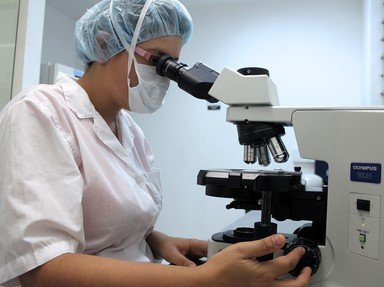Quiz Answer Key and Fun Facts
1. Ok, we will first start off with everyone's favorite flagellated cell, the sperm! In addition to providing an adequate environment for sperm development, these cells help synchronize the development of sperm in the seminiferous tubules.
2. Now sperm by itself cannot get the job of development done, so our next question will feature our friend, the egg! In Xenopus, a type of frog, and most vertebrates there is a certain "factor" that arrests the secondary oocyte in metaphase II of meiosis. What is the name of this "factor"?
3. Ok, enough about gametes. Let's move on to something with a little more meat on its bones, limb development! The tetrapod limb is composed of three distinct regions. The stylopodium, which is your humerus or femur, the zeugopodium, which is your ulna/radius or tibia/fibula, and your______, which consists of your fingers and toes.
4. Developmental biology is all about different factors expressed in different gradients that influence the polarity of the organism. After all, we all want to have a top, bottom, front and back. So which of the following is a ventralizing factor in the Xenopus embryo?
5. Now it is on to that magical pumping organ, the heart. At the onset of cardiac development we are all born with six aortic arches; however we only need three, the other three are a result of our evolutionary history. Which aortic arches are lost during cardiac development?
6. Let's stay on the heart for a little while. During the first stages of cardiac development the heart is a tube consisting of four bulges. Factors then influence the heart to form and "s" shape then the structure we are more familiar with. One of the bulges is called the bulbus cordis aka truncus arteriosis, what does this become in the adult heart.
7. Alright, one more question on the heart. Let's say you are a happy zebrafish embryo, excited about the prospect of swimming around when you become an adult. What would happen to you if I were to block the up-regulation of the gridlock transcription factor?
8. Let's move on to the seat of all intelligence, the brain! Before part of the neural tube is differentiated into the spinal cord there are two important regions of the tube that influence what types of nerves will originate from the spinal cord. The roof (top) plate and the floor (bottom) plate. These two regions secrete bone morphogenic protein 4 (BMP4) and Sonic Hedgehog (Shh) respectively. What types of neurons originate from the floor plate of the neural tube (future spinal cord)?
9. When dealing with chick development, what does YSL stand for?
10. If during development I were to remove the diencephalon from your developing brain, which of the following would you not be able to do?
11. A person who is genetically XY and is suffering from androgen insensitivity is phenotypically male.
12. The name for the type of cleavage in the mamalian embryo is called?
13. There are many organisms that are studied with great detail in developmental biology. One such organism, Caenorhabditis elegans, is a type of nematode and is one of the most popular specimens. C. elegans is a hermaphroditic species and stores sperm in a special area until it is time to fertilize the egg, in which case the egg passes through this storage area and becomes fertilized. What is this sperm storage area called in C. elegans?
14. Ok, have you had enough questions dealing with polarity in the embryo...No? Well ok, here's another. Which of the following is not an actual protein or factor involved in the dorsal/ventral axis specification in Drosophila?
15. When a mammalian ovum ripens in the ovary, it gains three polar bodies, which are effectively discarded cells. What is the genetic makeup of these polar bodies?
Source: Author
titan2600
This quiz was reviewed by FunTrivia editor
crisw before going online.
Any errors found in FunTrivia content are routinely corrected through our feedback system.
